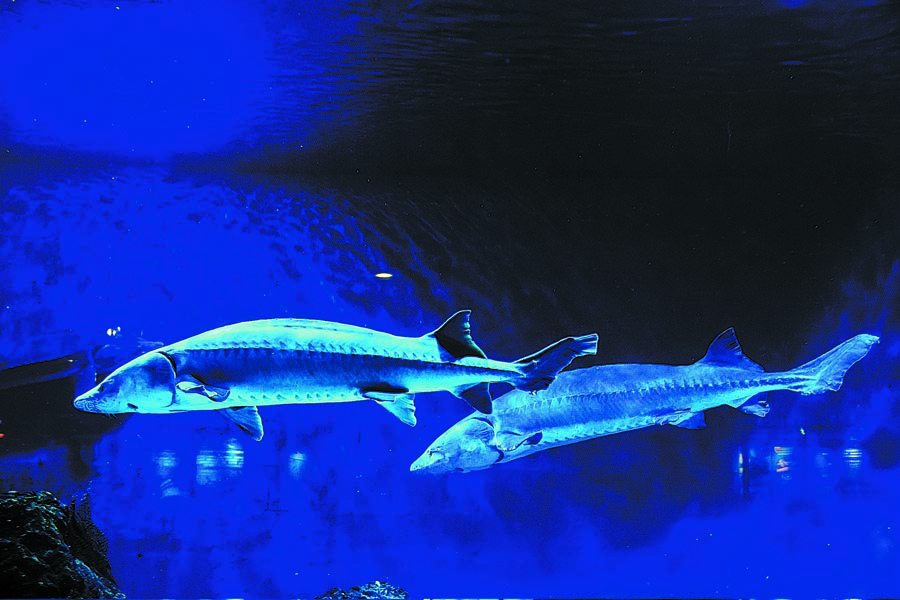

Animal magic
Those who have seen the BBC documentary The Blue Planet will have been captivated by the beautiful scenes of the underwater world and its mysterious habitants.
However, even if you're skillful enough to dive into the depths of the ocean, it's subject to luck that whether you will encounter these intriguing denizens of the deep.
For city dwellers, the easiest way to see such marine marvels is to visit the local aquarium.
It's a place where you can not only find the colorful clown anemonefish, which was the star of the Hollywood blockbuster Finding Nemo, but other characterful sea dwellers.
The celebrity of the Beijing Aquarium is Houfu, a wild Chinese sturgeon that was moved there in 2015 after it was injured and saved.
Houfu is 3.6 meters long and weighs 280 kilograms. With its distinctive white belly, it swims like a queen accompanied by her courtiers, as more than 20 Chinese sturgeons surround her. These are all her close relations as they are her artificially bred children and grandchildren.
Ranked as a critically endangered species by the International Union for Conservation of Nature, Chinese sturgeon, or zhonghuaxun, is a "living fossil" that dates back to prehistoric times and lives mainly in the Yangtze River.
Besides sharks, penguins, manta rays, jellyfishes and corals, the aquarium also offers simple science popularization courses on-site free of charge to introduce the species of marine animals and promote the importance of biodiversity and marine environment protection.
Visitors can refer to the aquarium's official WeChat account for the latest schedule of courses.
Most participants are preschool children and primary school students. They like the question-and-answer and interactive sessions.
"Such courses can inspire children to think about how to do something that is within their capabilities to protect biodiversity and the environment," says Cheng Ran, who's in charge of the aquarium's science popularization courses.
Children can observe the specific marine animals closely in front of the giant tank while taking the courses. They can also watch photos and short videos filmed at the aquarium, showing interesting and unknown scenes that are otherwise rarely seen by visitors.
The aquarium also invites experts from various fields such as breeding and aquarium landscaping to share their professional knowledge via livestreams.